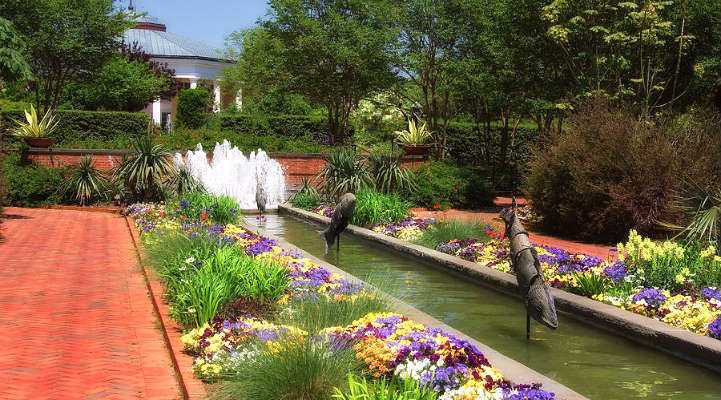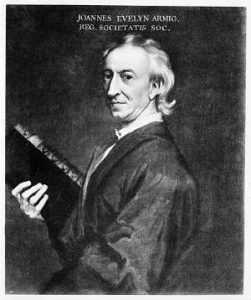A History of British Gardening Series – Restoration

In our History of British Gardening Series – As Charles II was restored to the throne, it was out with the old Tudor style and in with a more flamboyant and elaborate French influence, such as ornamental canals and avenues.
| History of British Gardening Series |
|---|
| Roman |
| Medieval |
| Tudor and Stewart |
| Restoration |
| Georgian and Regency |
| Victorian |
| Edwardian |
| Modern |
Timeline
1649 to 1660 Many ornate gardens owned by England’s aristocracy are ripped up during the Puritans’ rule. Following a period of Puritan rule during Oliver Cromwell’s time as protector, most gardening styles were seen as frivolous and unacceptable.
1660 Charles II is restored to the throne after the English Civil War and formal gardening becomes popular. During his French exile the king had been impressed by the European formal style of gardening. He mimicked this style in England.
1673 The Chelsea Physic Garden is created.
1689 William and Mary come to the throne bringing a Dutch influence to English gardens, such as Hampton Court. The garden at Het Loo in Holland was laid out in 1685 – a fine example of baroque gardening.
1699 Hampton Court gardens are laid out by designers London and Wise.
Restoration style of gardening
After the civil war, Charles II was restored to the throne, bringing a much needed flamboyant and elaborate French influence to gardening styles. The French developed the idea of the ornamental canal which also served a practical purpose of draining marshy ground. This can be seen in the formal gardens at Hampton court. The French royalty actively encouraged Italian artists to migrate to France where some were employed to work on a variety of French royal gardens. Other features of this formal style included avenues (allees), parterre de broderie, and cabinets or closed areas created by close planting.
When William III and Mary II came to the throne in 1689, they brought the Dutch influence of their gardens at Het Loo with them. Dutch gardens, though still formal, were smaller; and because of advanced plant breeding programmes, they were full of flowerbeds filled with individual specimens, particularly tulips.
The gardens at Hampton Court went through major development during this period, with most of the Tudor gardens swept away in the face of the new fashion. The Long Water canal, clipped evergreens, parterres and the orangery were added later.
Restoration characters
Andre Mollet
Andre Mollet became royal gardener to Charles I in 1661. He made a parterre de broderie for Queen Henrietta. He also worked for Charles II after the Restoration, and worked on the gardens at Vaux le Vicomte. With his father Claude, Andre set out guidelines on how to lay out parterres, avenues and palisades of beech and hornbeam.
Andre le Notre (1613 to 1700)
Andre le Notre exploited aerial perspective in his gardens at Vaux le Vicomte, which he developed from 1656 to 1661. From 1661 he developed the most famous of formal gardens, Versailles.

John Evelyn (1620 to 1706)
Evelyn wrote Kalendarium Hortense, which was the first gardener’s calendar. A royalist and garden writer, he escaped to France after the civil war. It was during this period that he started to write about gardens.George London and Henry Wise
George London and Henry Wise, who were the two leading designers of the time, were considered to be the last of the great English Formalists. They became designers at Hampton Court and ran the Brompton Park Nursery. Wise also worked at Windsor Castle, Kensington Palace and Blenheim Palace.
The original content was published on the BBC Gardening website, however the Design section with all of its content has been removed. We try to keep this great content alive here on the Gardenlife Pro site.
